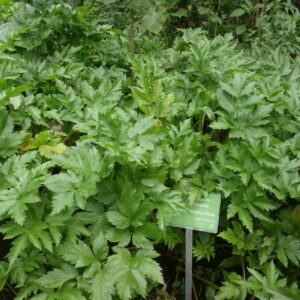
Pigeon Pea
₡1,900.00
Scientific name: Cajanus cajan
Family:
Origin:
Medicinal use:
1 in stock
Related products
-
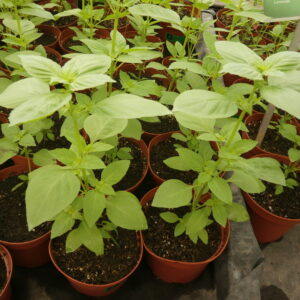
Basil, Lemon
Culinary Garden ₡1,900.00 Add to cart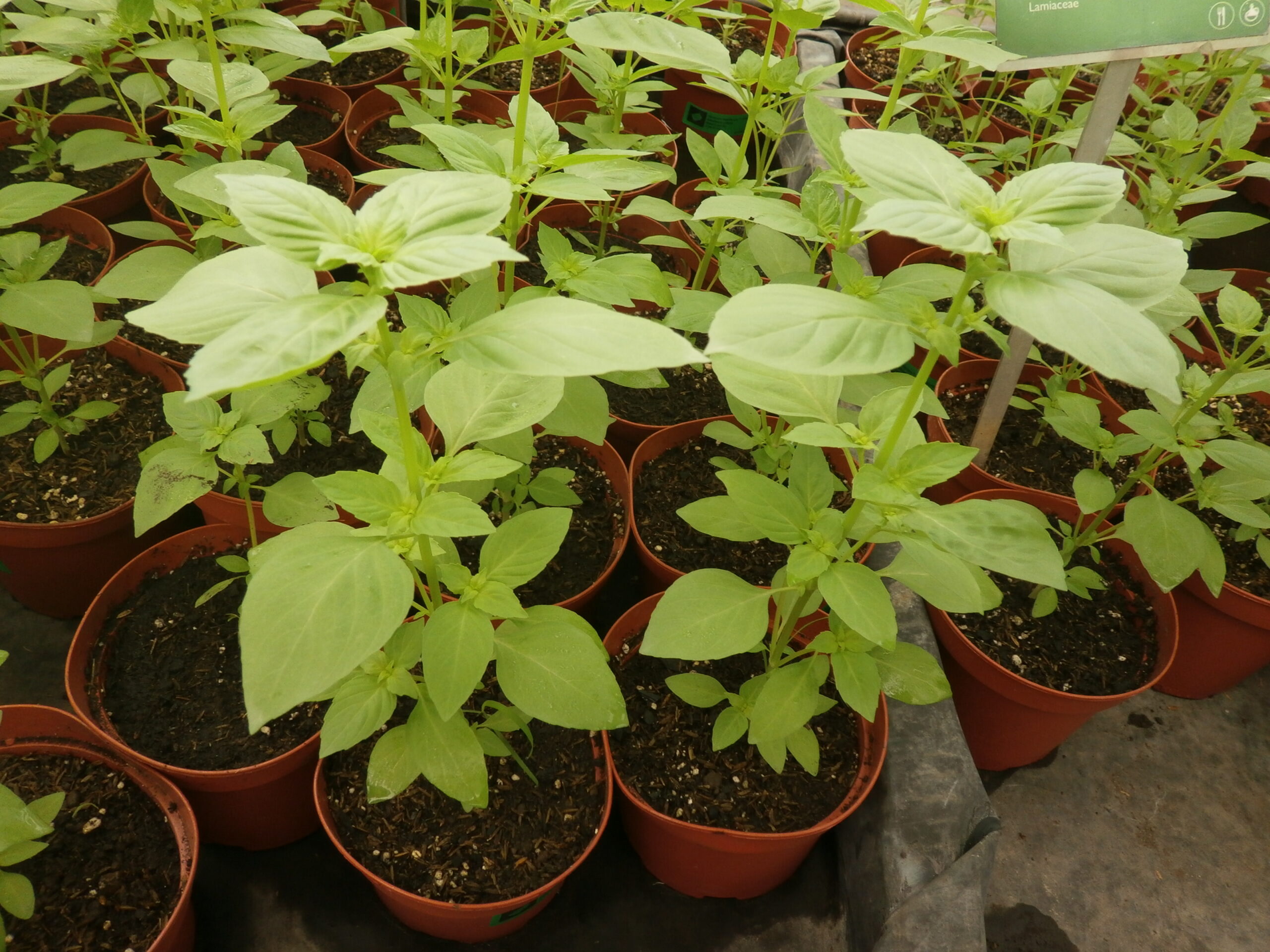
Basil, Lemon
₡1,900.00
SKU: 0100 Category: Culinary GardenScientific name: Ocimum basilicum
Family: Lamiaceae
Origin: S Asia and NE Africa
Medicinal use: In Laos, lemon basil is widely used in curries, stews, and fried dishes as it is the most commonly used type of basil in Laos. Many of the stews of Lao cuisine require the use of lemon basil. It is often eaten raw in salads or lalap (raw vegetables) and accompanied by sambal. Lemon basil is often used to flavor certain Indonesian dishes, such as curries, soups, stews, or steamed or grilled dishes.
7 in stock
-
Out of Stock
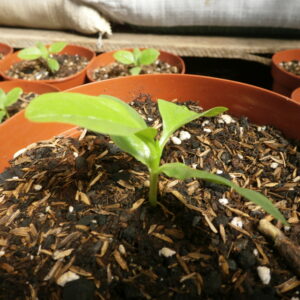
Spinach, Malabar Green
Culinary Garden ₡1,900.00 Read more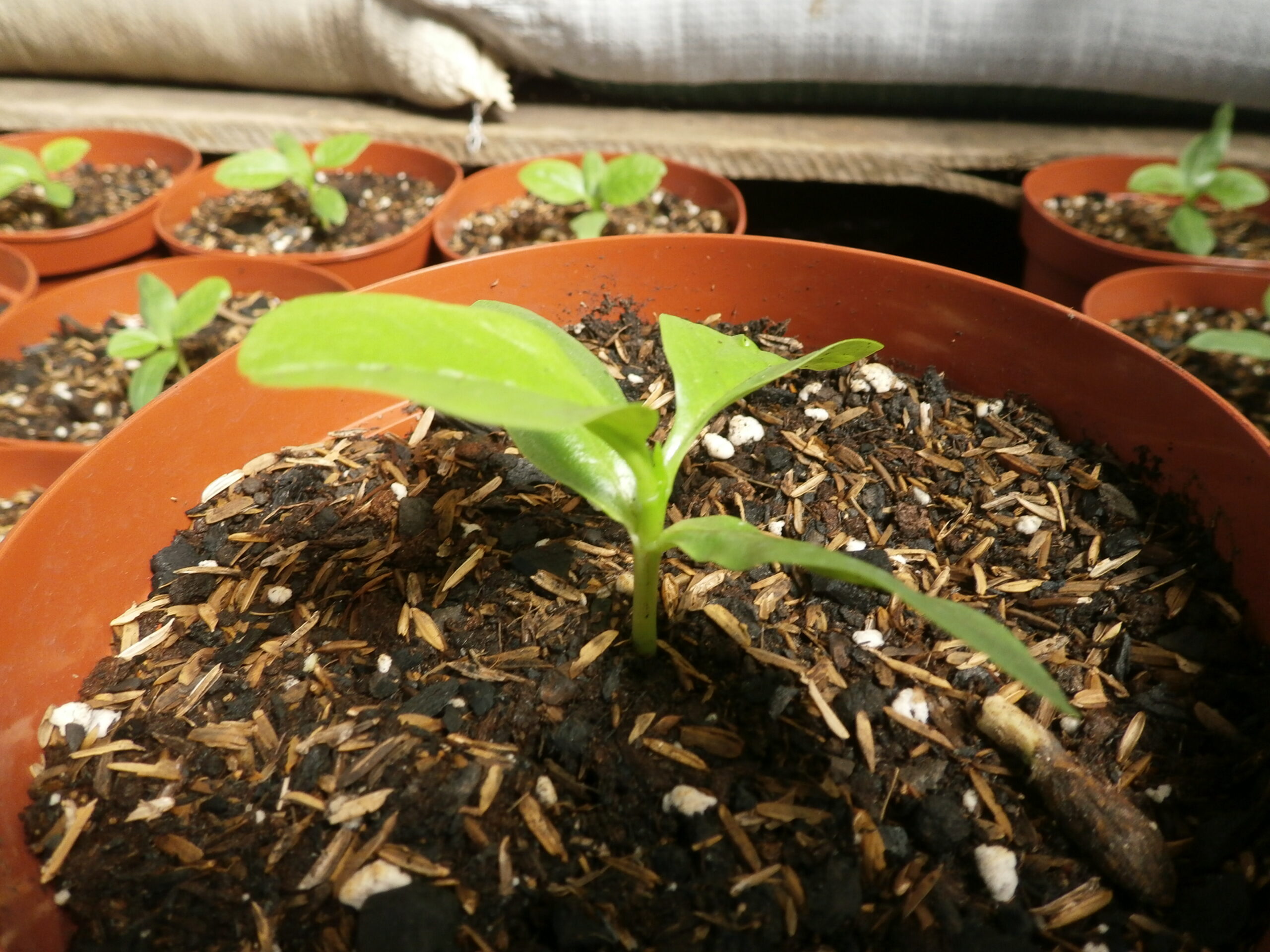
Spinach, Malabar Green
₡1,900.00
SKU: 0715 Category: Culinary GardenScientific name: Basella alba
Family: Basellaceae
Origin: India
Medicinal use:It is a perennial vine, popular in several tropical countries for its edible leaf, unrelated to the commonly known terrestrial spinach. Widely used in Asian cuisine, the culinary possibilities of Malabar spinach include its use to thicken soups, fry or stew with garlic and chili peppers, in salads or steamed with tofu and ginger.
Out of stock
-

Cilantro, Wild
Culinary Garden ₡1,900.00 Add to cart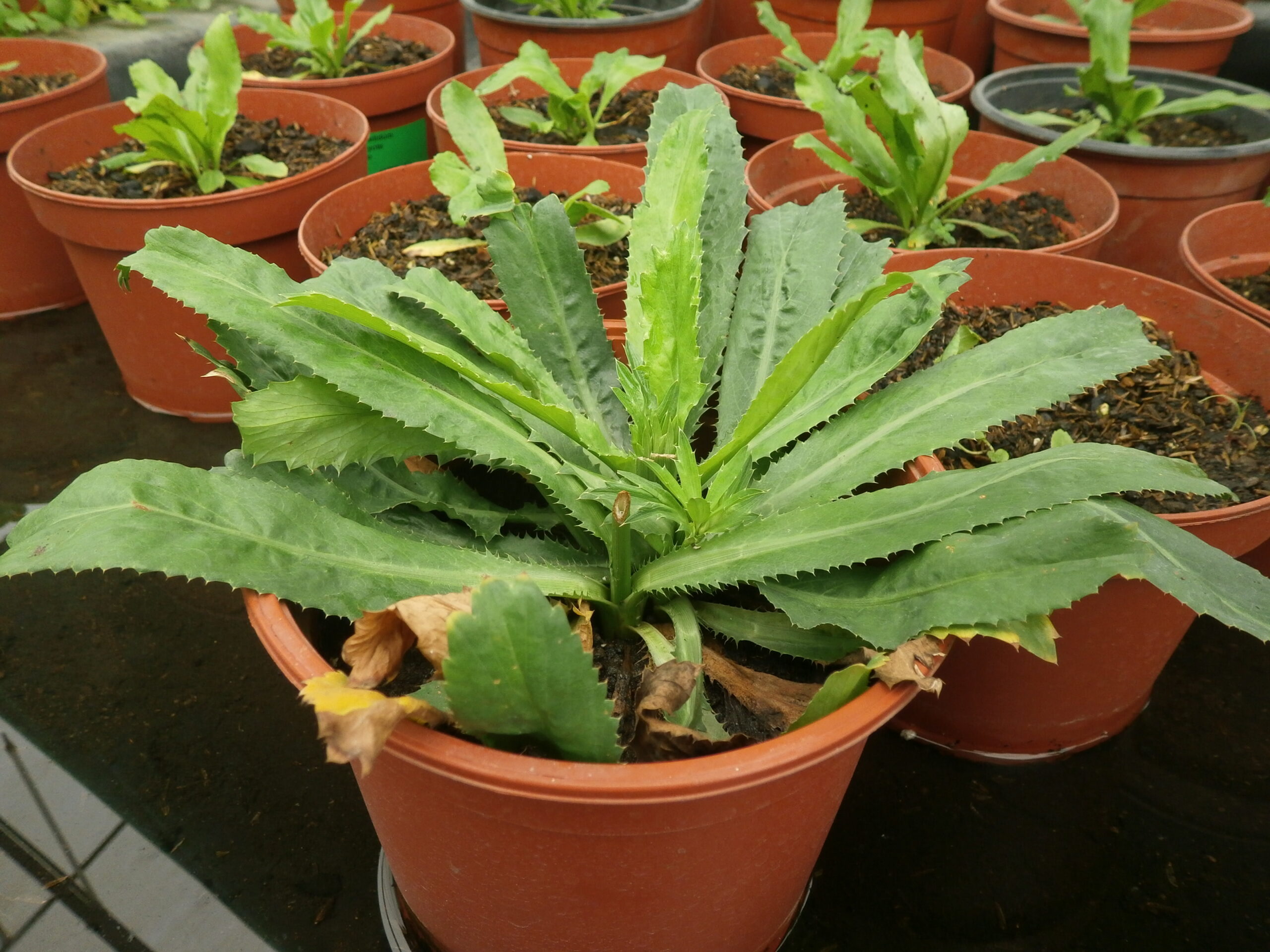
Cilantro, Wild
₡1,900.00
SKU: 0650 Category: Culinary GardenScientific name: Eryngium foetidum
Family: Apiaceae
Origin: Mexico and S America
Medicinal use:The leaves are used fresh, whole or chopped, as a substitute for coriander and parsley. In Panama, it is mixed with parsley, garlic, onion and chives to prepare “green recao”, a condiment widely used in the preparation of various stews, sauces and soups.
57 in stock
-
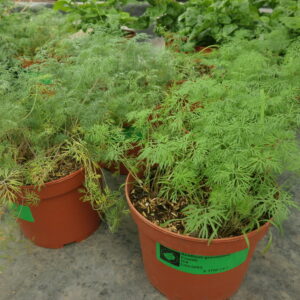
Dill
Culinary Garden ₡1,900.00 Add to cart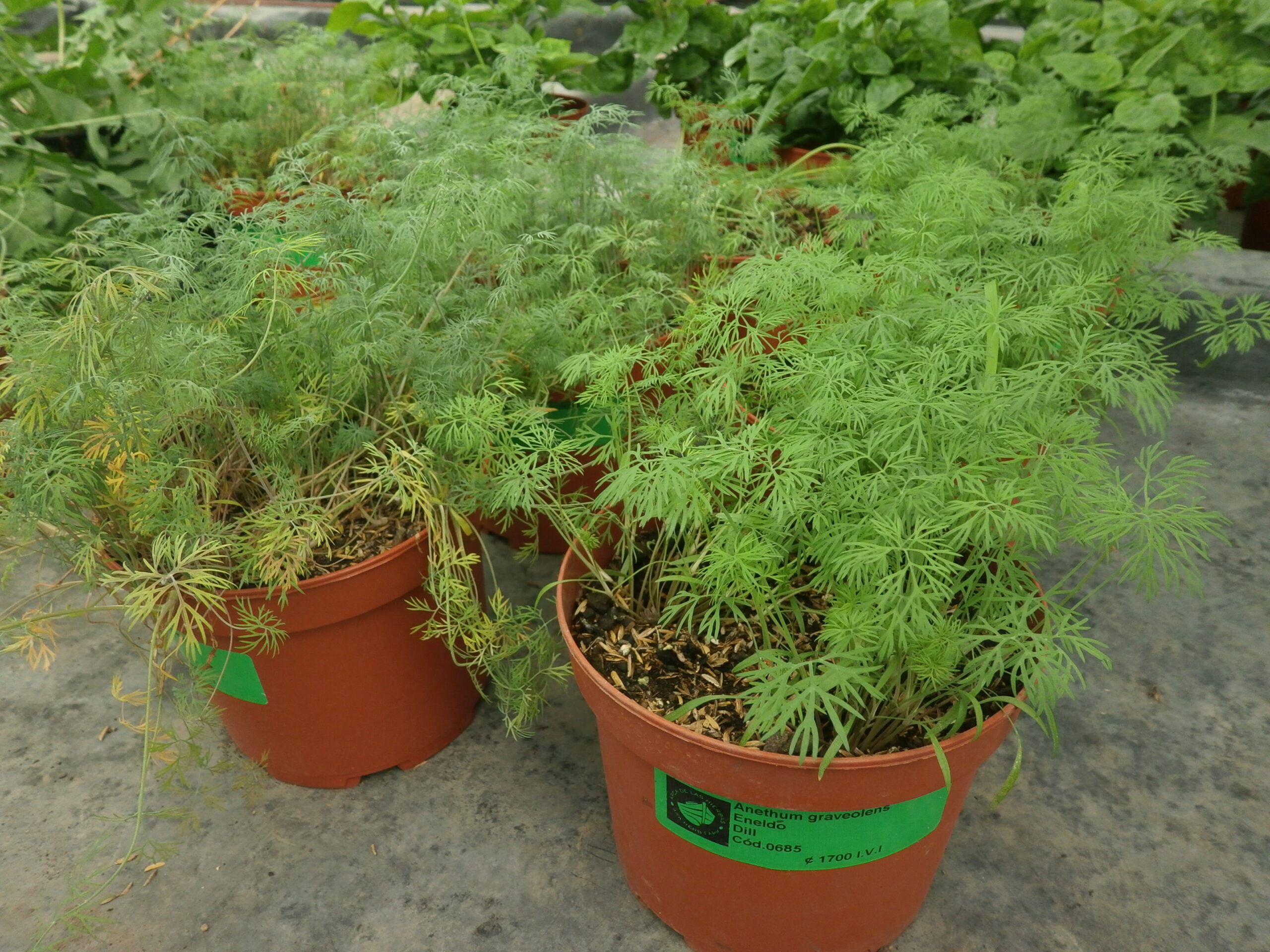
Dill
₡1,900.00
SKU: 0685 Category: Culinary GardenScientific name: Anethum graveolens
Family: Apiaceae
Origin: N Africa and Arabian penisula
Medicinal use:With fresh dill all kinds of dishes can be flavored, it can be added, in addition to fish, to seafood, meats, rice, salads, vinegars and flavored oils, sauces … it provides its sweet, fresh and aniseed flavor, a unique flavor that no other aromatic plant can provide.
7 in stock

